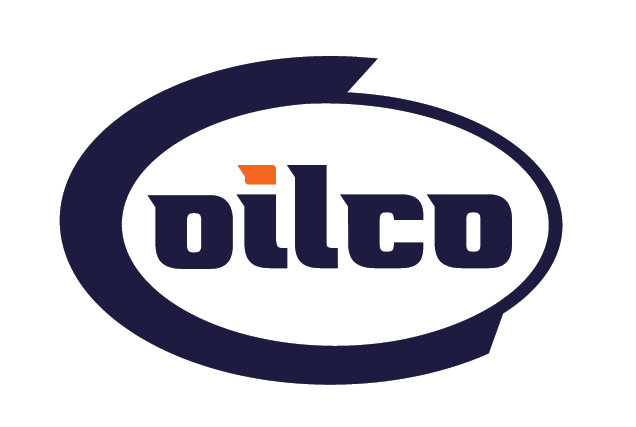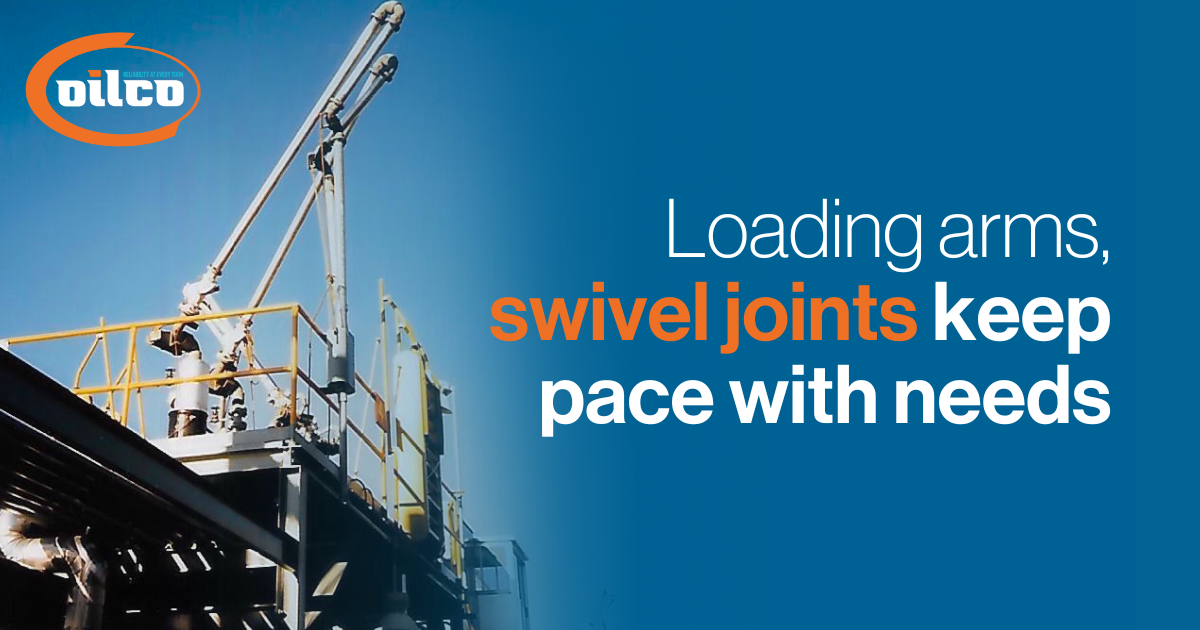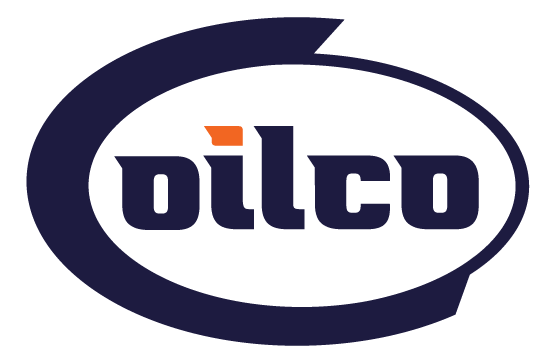Loading Arms, Swivel Joints, Keep Pace with Needs
Originally published in Petroleum Equipment & Technology Magazine, 1999
In an age of accelerating technological breakthroughs, a tried-and-true method of transferring liquids remains a workhorse of the petroleum and petrochemical industries. Simple in concept and notable for efficiency, pressurized loading arms (articulated by swivel joints) continue to provide the conduit between fixed storage facilities and tank trucks and railroad tank cars.
Used by a multitude of major industries, loading arms are constructed of aluminum, carbon steel or stainless steel and, often, a combination of these metals. All of them work well in petroleum and petrochemical applications. Loading arms are available in a variety of sizes and configurations. Standard pipe diameters range from two to six inches. Arm extensions normally range from six to 10 feet, but some top-loaders may extend as much as 30 feet along the horizontal length of the tank truck. Loading arms are also employed to transfer LPG, butane and other gasses, and sometimes for the transfer of dry bulk materials.
Top-loading assemblies
Today’s loading arms, however, are not your grandfather’s loading arms. Nor are they your father’s. Rather, these relatively uncomplicated devices have evolved over the past half-century to meet the changing needs of the petroleum industry and others.
Mid 20th century, virtually all bulk plants and mid-size terminals used top-loading assemblies for ease of operation. The arm is designed so that it can be:
(1) easily moved or extended to reach the farthest loading point of the tank truck and
(2) be easily handled by one person without excessive force.
The most popular were sliding tube and pantagraph types, usually constructed of bronze casting and brass tubing and counterbalanced with weights.
Standard tube diameters were two, two-and-a-half, and three inches. Cast-iron weights were first used to balance the loading arm, but are rarely used today because a much larger space is required behind the arm to accommodate the horizontal and vertical movements. Loading arms counterbalanced by torsion springs were introduced in 1951 and are still industry standard.
An operator can easily pull down a torsion spring loading arm. Lowering the loading arm from the out-of-service position winds the torsion spring. At the horizontal position, the springs no longer wind because of designed linkage, and they will stay in a loading position, below the horizontal position, under normal operating conditions. When the arm is raised back to the horizontal position, the torsion springs unwind and lift the loader upwards to the desired park position.
The transition to torsion springs was not without unintended consequences. To compensate for the additional lateral forces, manufacturers increased ball-bearing diameters and raceway widths or changed to roller bearings.
Tank trucks grow
By 1953, tank trucks were growing wider and longer. In response, loading arm manufacturers offered pipes in four- and six-inch diameters. Manufacturers also devised a long-range boom type assembly with a 28-foot reach on center, which could load a tank truck’s most remote compartments without repositioning the vehicle.
Further growth of the petroleum and petrochemical industries occurred in the early 1960s and also saw OILCO’s development of the first Timken® roller bearing type swivel joint. The main pressure seals on roller bearing type swivel joints can be replaced without dismantling piping, This enables refineries and terminals to service loading arm assemblies with minimal downtime and appreciable cost savings.
Bottom-loading
Another liquid transfer method, bottom-loading, was a familiar technology as far back as the early 1960s, and by the early 1970s was becoming the predominant loading technique. A flexible bottom-loading hose designed by Anaconda Metal Hose Corporation was among the most popular.
Swivel joints essential
Just as loading arms have evolved over half a century, swivel joints, too, have achieved new levels of efficiency. These taken-for-granted but essential devices give loading arm pipes, which are usually rigid, the flexibility needed to meet a broad variety of liquid-loading challenges. Before loading arms, hoses were used to fill tank trucks. However, hoses in the size required to handle the flow for large volume transfers were too heavy and awkward to handle. The loading arm is capable of handling high flow rates and provides all the movements necessary for one person to fill a tank truck. “No swivel joints, no pipes,” as an industry veteran succinctly phrased it.
The swivel joint with the oldest heritage, and still among the most widely used and familiar, is the durable, low-cost ball bearing type. As mentioned, the removability of the seals can be changed quickly when needed.
In response to the petroleum industry’s reduction of maintenance personnel, OILCO introduced the split-flange swivel joint in the late 1980s. This is a conventional ball-bearing type with flanges added as integral parts of the body and sleeve, permitting replacement of packing seals without removal of ball bearings. A more-recent introduction by OILCO is the low torque swivel joint, with a breakaway of only five to seven inch-pounds compared with conventional units’ 30 inch-pounds. Low torque swivel joints are controlled by rigid machining tolerances and provide highly polished sealing surfaces, which reduces the friction on the sealing assembly.
Cost-sensitive concerns
Swivel joints tend to be cost-sensitive. That is, the more features a swivel joint offers, the higher its cost tends to be. And these sturdy products are offered in an amazing variety. Basic as they may seem, they incorporate ingenious engineering features and are manufactured to meet exacting standards. They are made in v-ring and o-ring styles, and can be fabricated, cast, or jacketed. Ends can be flanged, threaded or welded. They are adaptable to piping, tubing, and hose. And seals can be made of a multitude of materials, including Buna-N, neoprene, EPR, Viton ®, Kalrez and Telfon.
Loading arms, on the other hand, come in many standard models or may be customized. Leading manufacturers — such as New Jersey’s OILCO, Ohio’s OPW and North Carolina’s Emco-Wheaton – offer numerous standard models. When a customer requests modifications, engineers get busy and can offer innumerable schematics.
The petroleum and petrochemical industries have experienced tremendous growth since 1950 and have generated new, more productive, and more cost-efficient technologies. Among the constants, however, are dependable loading arms and swivel joints, still moving liquids from storage to tanks. Both have evolved. Both have improved. But they’ve never been replaced, which may well be a tribute to a popular adage: “If it’s not broken, don’t fix it!”





